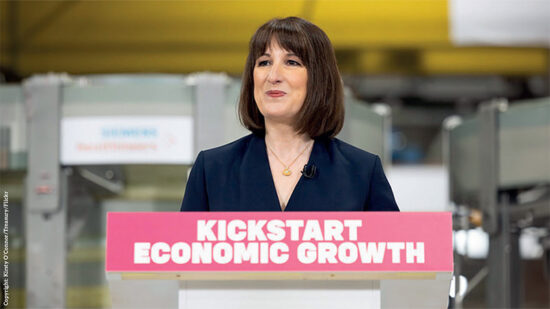Luc Filip, head of discretionary portfolio management at Banque Syz, believes now is the time to start taking profits within cyclical sectors and regions of the market as global economic conditions continue to normalise.
Some 18 months into the covid pandemic, Filip notes the world has experienced its shortest yet deepest ever recession, followed by one of the strongest recoveries on record, thanks to historic levels of government and central bank support.
He added this “seismic market shock” also offered an opportunity for investors to benefit from a dramatic reflationary trade that saw cyclicals outshine quality growth names.
But as economic growth begins to stabilise, Filip said the question is: will the slowing growth engine be enough to sustain cyclical gains?
“In this transition phase, we expect economically sensitive stocks to lose their lustre, while companies with strong balance sheets and solid earnings to again move into the ascendancy,” he said.
Fixed income opportunities
As a result, within portfolios, Filip believes that it makes sense to continue taking profits on those cyclical exposures built since the end of 2020, at both the sectoral level (namely financials and materials) and regional allocations (emerging markets).
“This is because softer global economic growth momentum and US monetary policy normalisation will create a less favourable environment for these investments,” he said.
“In parallel, opportunities may appear in fixed income,” he added. “The credit spread widening in Asia over the past few months offers an attractive entry point and the asset class offering sound yields, especially compared with investment grade credit and even US and European high yield credit.”
Indeed Filip said that even exposure to long-term government rates can now add some value, as they offer diversification and a portfolio cushion, should there be any increase in equity market volatility.
“The ‘steady growth’ phase that the global economy is entering therefore warrants keeping a constructive portfolio bias, essentially through equity exposure,” he said. “It also requires adjusting this exposure toward secular trends of quality growth stocks and long-term bonds, after the reflation phase and the cyclical leadership that we saw in the first half of this year.”








